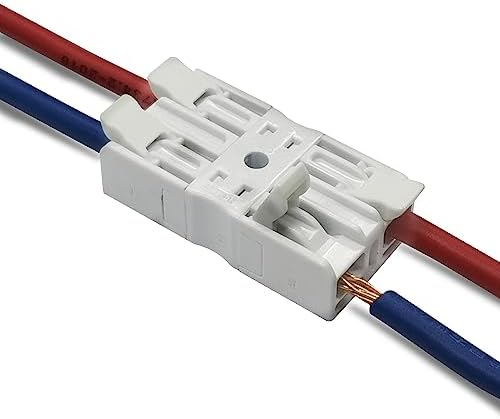Understanding Connectors: In-Line Header Connectors
In-line header connectors are used to join two physical cables or to split an existing cable into two separate entities while maintaining signal continuity between them. In-line headers are designed to provide a quick and effective solution to customer wiring needs. Single and dual wire headers meet MIL-T-81714 requirements and are highly resistant to high temperatures and liquids.

Uses include repairing a single damaged wire and modifying simulated circuits containing components such as fuses, resistors, diodes, capacitors and inductors to accommodate replacement systems. Splices provide a means of incorporating system modifications into the wiring harness while avoiding the need to replace panels or circuit boards.
In-line header connectors are used for a variety of functions and applications. Typical applications include power distribution in aircraft, military ground vehicles and offshore systems in harsh environments. It is also used in lighting applications, wire extension applications and pass-through connections where space is limited. It is a safer alternative to butt splice/crimp splice type wire connections. The popularity of in-line connectors continues to increase as space becomes more limited, and therefore, the ability to create a safe and reliable connection is compromised.
For network applications, newer header connectors eliminate the drawbacks of other solutions, such as pluggable RJ45 connectors, M12 connectors, and patch panels, which require additional parts and labor. Inline header connectors, such as Phoenix Contact’s IDC technology , have only one part and require no wire stripping or special tools. This makes it suitable for field installation and faster to install than other connector solutions.
Applications for In-Line Header Connectors
Wire Type Inline Header Connectors can be used to accommodate solid or stranded wire. It is commonly used in applications lighting applications, wire extension applications, traffic monitoring and surveillance, security and alarm systems, audio speaker connections, rail and public transportation, and pass-through connections in limited spaces.









